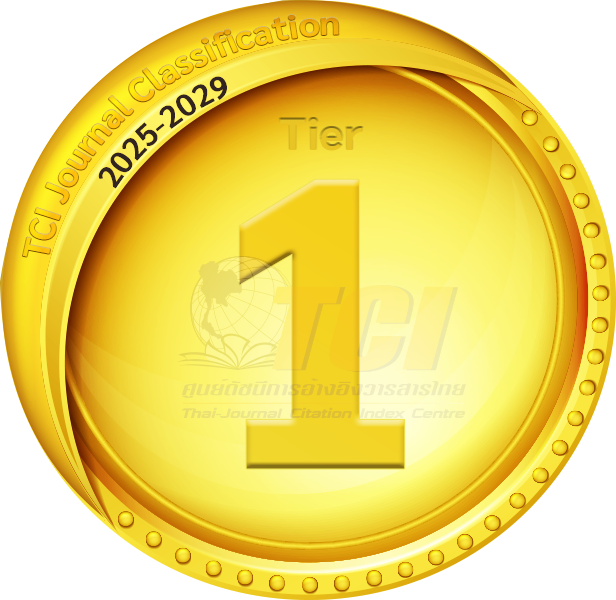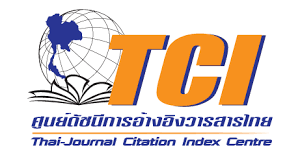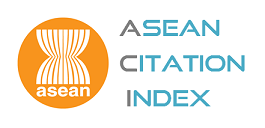Developing an Age-Friendly Community in Rural Area: A Case Study of Hua-Ngum, Chiang Rai, Thailand
Abstract
Abstract
The study aims to investigate the situation of an aging society and age-friendly community in Hua-Ngum Sub-district, Chiang Rai, Thailand, which is defined as a rural community and to identify the process to create an age-friendly community in the sub-district. The age-friendly community concept is employed as analysis framework. Both qualitative and quantitative research are adopted in the study. The results indicate that for approximately a decade, the Hua-Ngum Sub-district Administrative Organization (SAO) and its partner have launched key age-related activities in the sub-district. Those activities contribute several social opportunities encouraging age-friendliness features in Hua-Ngum, such as opportunities for learning, participating, connecting isolated elderly people to the rest of the community, integrating with younger generations, contributing, and being valued and respected. Therefore, establishing an age-friendly community in Hua-Ngum is not a project only for older people, but is also considered to be a community development process for all age members. There are four key steps for developing an age-friendly community in Hua-Ngum: raising awareness to build consensus, establishing partnerships to develop an age-friendly community, implementation, and creating social space and public acceptance. Those community development processes are not just a linear steps; in contrast, they are dynamic processes which need to be developed continuously. The lessons learned from the Hua-Ngum age-friendly community experience indicates the importance of the power of the local community to tackle its aging society with regards to the social capital and social participation of all community members
Keywords: Age-friendly community, Thai aging society, rural development, older person in rural area

Indexed in


Search